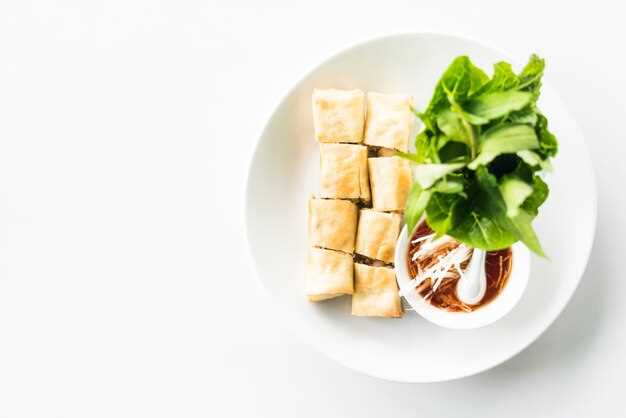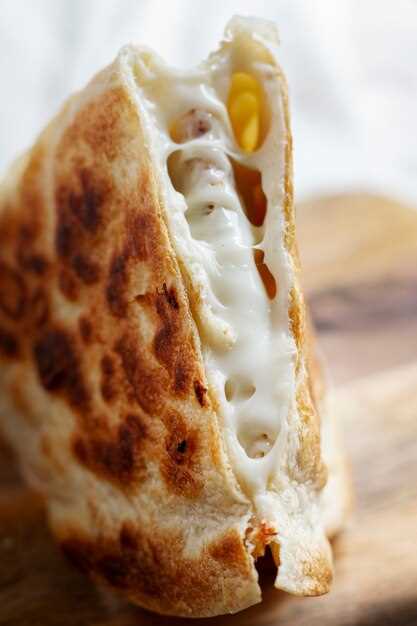Craving a sophisticated yet approachable finger food? Transform succulent crustacean patties into delightful crispy spring wraps in under 30 minutes. This method bypasses intricate preparations, focusing on achieving maximum flavor with minimal effort. Using pre-cooked jumbo lump crabmeat shortens prep time, while pre-made wonton wrappers eliminate the need for dough preparation.
Achieve the perfect balance of textures by ensuring the seafood mixture isn’t overly moist. Excess moisture leads to soggy wrappers. We recommend gently squeezing any excess liquid from the prepared patties before wrapping. For an extra layer of flavor, brush the finished spring wraps with sesame oil before baking or frying to impart a nutty aroma and enhance their golden hue. Pro tip: Serve immediately with a zesty sriracha mayo or a tangy lime dipping sauce for a captivating flavor experience.
Want to avoid deep-frying? These savory morsels are just as delightful baked. Simply preheat your oven to 375°F (190°C) and bake for 15-20 minutes, or until golden brown and crispy. The baked version offers a lighter alternative without compromising on taste or texture. For a restaurant-quality presentation, garnish with freshly chopped cilantro and a sprinkle of sesame seeds. Elevate your next gathering with these irresistible, bite-sized treats.
Delectable Crustacean Fritter Wraps: A Straightforward & Tempting Starter
For achieving optimal crispness, preheat your air fryer to 400°F (200°C) and lightly coat the spring wraps with cooking spray before air frying for 6-8 minutes, flipping halfway.
Enhancing Flavors
Elevate the filling by incorporating a pinch of smoked paprika and a dash of Worcestershire sauce to the crustacean mixture. This adds depth and complexity.
Dipping Delight
Serve these savory finger foods with a homemade spicy aioli. Combine mayonnaise, sriracha, lime juice, and minced garlic for a zesty complement.
What Ingredients Do I Need?
To prepare this seafood delight, gather these components:
Base Fillings:
Imitation finfish patties (1 pound): Use a high-quality brand for best texture. May substitute with fresh, cooked flaky white fish for enhanced flavor. Finely shred.
Plain breadcrumbs (1/2 cup): Panko yields a crispier final product.
Mayonnaise (1/4 cup): Full-fat provides richness. Reduced-fat is acceptable.
Dijon mustard (1 tablespoon): Adds tang. Yellow mustard will alter the profile.
Worcestershire sauce (1 teaspoon): Boosts savory depth.
Aromatics & Binders:
Green onions (2, thinly sliced): Fresh chives can work too.
Bell pepper (1/4 cup, finely diced): Red adds sweetness. Orange or yellow are acceptable.
Old Bay seasoning (1 teaspoon): A classic complement to the aquatic taste. Adjust to taste.
Hot sauce (1/2 teaspoon): Optional, for a touch of heat.
Lemon juice (1 tablespoon): Balances the richness.
Beaten whole ovum (1): Acts as a binder.
Wrapper & Cooking:
Pastry sheets (1 package, approximately 20 sheets): Choose thin, spring pastry for a delicate texture.
Vegetable oil (for frying): Canola, peanut, or grapeseed oil are suitable alternatives. Have a thermometer ready for monitoring temperature.
Step-by-Step Wrapping Instructions
Position a wrapper like a diamond. Place about two tablespoons of the seafood confection slightly below the center.
Moisten all edges with a little water. Fold the bottom corner up and over the filling, tucking it tightly.
Fold both side corners inward, pressing firmly to seal. This creates a secure packet.
Continue rolling upwards until you reach the final corner. Apply a bit more water to this corner to act as a sealant.
Ensure the filling is snugly encased to prevent bursting during cooking. A tight seal is paramount. Arrange the creations on a baking sheet lined with parchment paper before frying or baking. This prevents sticking.
For a crispier finish, lightly brush the exterior of each wrapped morsel with oil. This promotes even browning.
For best results, prepare these savory parcels just before cooking to maintain freshness. Avoid letting them sit too long.
How Long to Fry Them Perfectly?
Fry the seafood fritter wraps for 2-3 minutes per side in preheated oil at 350°F (175°C). Aim for a golden-brown exterior and an internal temperature of 165°F (74°C) to ensure thorough cooking. Adjust frying duration based on the size of the fritters; larger ones may require slightly longer cooking times. Avoid overcrowding the fryer to maintain consistent oil temperature. Use a thermometer to verify the internal temperature if needed.
Best Dipping Sauce Combinations?
For golden, savory seafood fritters inside a crispy wrapper, consider a spicy mayo. Combine mayonnaise with sriracha or gochujang to taste. Adjust heat levels depending on preference. A squeeze of lime brightens the flavor.
Alternatively, a sweet chili sauce complements the rich filling. Look for versions with hints of garlic and ginger for added complexity. Serve with a sprinkling of sesame seeds.
A tangy tartar sauce also works wonderfully. Enhance the flavor with dill, capers, and a dash of lemon juice. Consider adding finely chopped cornichons for a crunchy element.
For a lighter option, prepare a lemon-herb aioli. Emulsify garlic, lemon juice, olive oil, and fresh herbs like parsley and chives. Season with salt and pepper.
If you prefer a bolder flavor, try a peanut dipping sauce. Blend peanut butter, soy sauce, rice vinegar, honey, and a touch of sesame oil. Adjust consistency with water until smooth.
Can I Make These Ahead of Time?
Yes, assembled seafood fritters in wrappers can be prepared up to 24 hours before frying. Store them on a parchment-lined baking sheet, covered tightly with plastic wrap, in the refrigerator.
Timing Matters
For optimal texture, deep-fry refrigerated fritters within 12 hours of assembly. Longer storage may result in soggy wrappers. Cooked seafood patties should be consumed within 3 days if stored properly in the refrigerator. For longer preservation, freezing is recommended.
Freezing Instructions
Prepared, but uncooked, savory seafood bites can be frozen for up to 2 months. Place them in a single layer on a baking sheet until solid, then transfer to a freezer-safe bag. Thaw completely in the refrigerator before frying. Add approximately 1-2 minutes to the cooking time for frozen delicacies.
Q&A:
Can I use imitation crab meat for this recipe?
While using real crab meat provides the best flavor and texture, imitation crab meat can be substituted if you are on a budget or have accessibility issues. Be aware that the flavor and texture will be different. Make sure to drain any excess liquid from the imitation crab before using it.
How can I prevent the egg rolls from becoming soggy?
Several things can help prevent soggy egg rolls. First, ensure your crab mixture isn’t too wet. Drain any excess moisture from the crab and other ingredients. Second, don’t overcrowd the frying pan. Frying in batches helps maintain the oil temperature and allows the egg rolls to crisp properly. Finally, make sure the oil temperature is hot enough (around 350°F or 175°C). If the oil is too cool, the egg rolls will absorb more oil and become soggy.
What’s a good dipping sauce to serve with these crab cake egg rolls?
A variety of dipping sauces work well with these egg rolls. A classic choice is a sweet chili sauce. Other delicious options include a spicy mayo (sriracha mayo), a creamy aioli, or even a simple tartar sauce. For a brighter flavor, try a lime-cilantro dipping sauce. The best sauce depends on your personal preference, so experiment and see what you enjoy most!
Can I bake these instead of frying them to make them healthier?
Yes, you can bake these egg rolls. Preheat your oven to 400°F (200°C). Lightly brush the assembled egg rolls with oil and place them on a baking sheet lined with parchment paper. Bake for about 15-20 minutes, flipping halfway through, until they are golden brown and crispy. Baking will result in a less greasy egg roll, although the texture will be slightly different compared to frying. Keep a close watch on them while baking to avoid burning.
How long do the uncooked egg rolls last in the refrigerator?
Uncooked crab cake egg rolls can be stored in the refrigerator for up to 24 hours. Store them in an airtight container to prevent them from drying out. Since the crab meat is perishable, it’s best to fry them as soon as possible after assembling them for optimal safety and flavor. If you plan to store them for longer, freezing is a better option.




